
Semilla de bonsai Cedro Cryptomeria japonica GreenForest Tienda Forestal
Care Info C EDA >EDAr - Japanese (Crypto ME ria japonica) - LOCATION : Full sun position throughout the year. Needs protection from colds and frost. REPOT : Every 2-5 years depending on age, in mid to late spring. SOIL : Free draining soil : 40:60 GRIT :organic. pH 6.0-7.0.

Bonsai masterpieces cryptomeria japonica bonsai ref 14020147 from MaillotBonsaï The store
Cryptomeria is a genus of only 1 species; C.Japonica. Though commonly known as the Japanese Cedar it is in fact not a member of the Cedrus family but a part of the Taxodiaceae family along with Yews. Cryptomeria Japonica is an evergreen, monoecious, coniferous tree native to the forests of China, Korea and Japan.
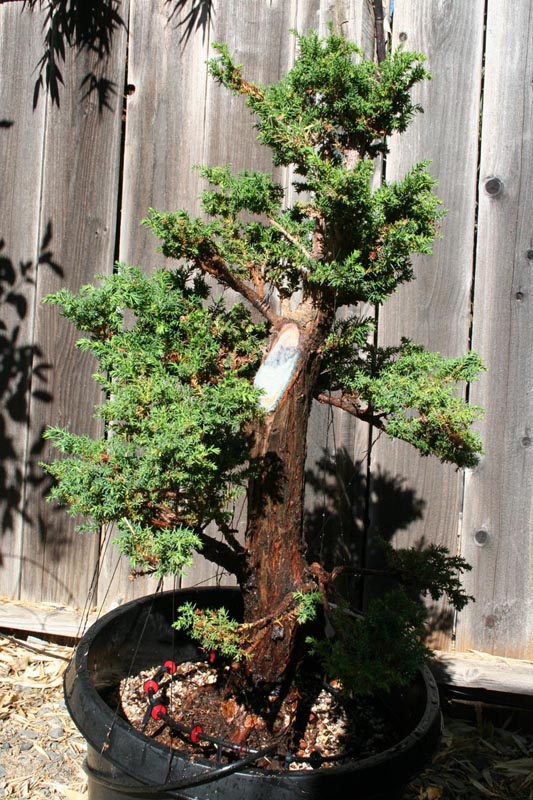
Cryptomeria Japonica Bonsai (Japanese Red Cedar) Marin Homestead
Cryptomeria japonica 'Yatsubusa' is a very popular cultivar for bonsai as is Bandi-sugi. They can be used in a range of bonsai styles including groups, formal and informal uprights, root over rock or clasped to a rock, and twin trunk.

Cryptomeria japonica as bonsai Swindon & District Bonsai
Japanese cedar, also commonly known as suji or by its botanical name Cryptomeria, is an evergreen conifer and national tree of Japan. It is called a cedar but is a cypress tree. It is a monotypic genus or a one-of-a-kind tree with all-season visual interest that grows upright, with a straight trunk, and is prized for its pinkish, aromatic timber. It grows best in full sun, requiring about six.

Cryptomeria Japónica El bonsái y yo
Cryptomeria is called a cedar because it has some of the characteristics of 'true' cedar ( Cedrus) - evergreen, aromatic foliage - but this is a catch-all name, and it's important to always add 'Japanese' when you call it a cedar, to avoid confusion. For some more on the various plants all called cedar, check out this earlier blog.
Cryptomeria Bonsai Information, tips, growing your own and development. Bonsai
Cryptomeria japonica is a very important and useful forestry tree in Japan and the natural distribution of C. japonica has adapted to widely different environments in Japan and China. The genetic structure showed clear division such as Chinese population, a group on the Sea of Japan side and a group on the Pacific Ocean side.
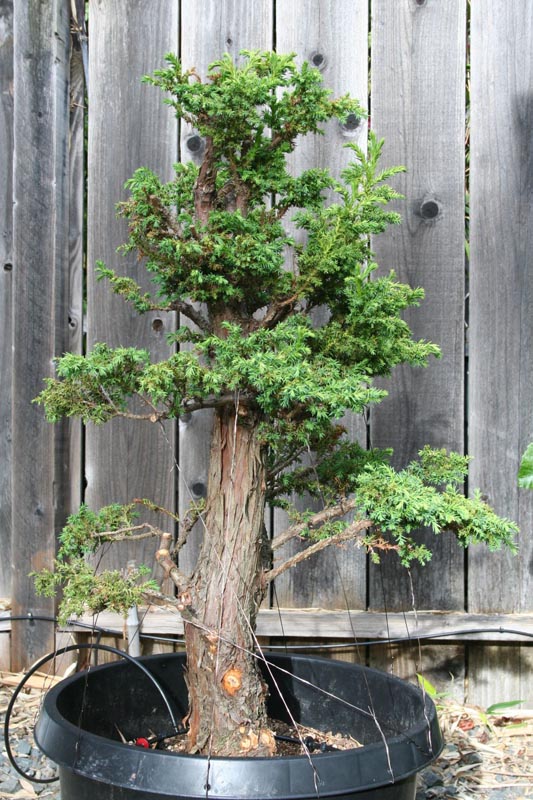
Cryptomeria Japonica Bonsai (Japanese Red Cedar) Marin Homestead
A cryptomeria bonsai is a miniature tree that is often used in Japanese gardens. The tree is native to China and Japan and has been cultivated for centuries. The tree is known for its unique shape and its ability to withstand harsh conditions. Cryptomeria bonsai can be styled in many different ways, but the most common style is the cascade.
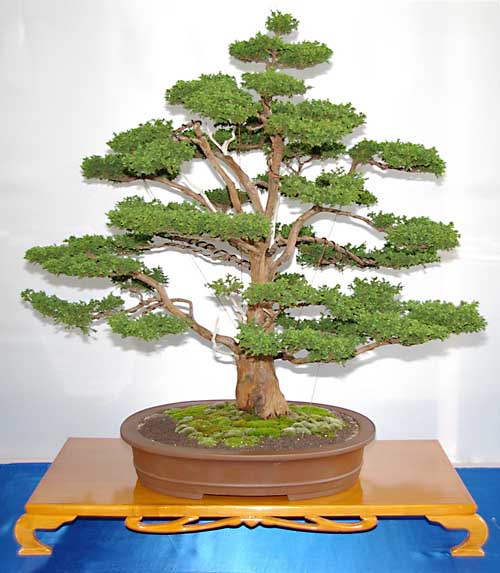
Cryptomeria japonica, japanische Sicheltanne, als Bonsai gestalten und pflegen
July 10, 2021 Renzo Del Castillo Image Source Cryptomeria meaning "hidden parts" is a monotypic conifer genus. It belongs to the family of cypress Cupressaceae. Formerly, it belonged to the Taxodiaceae family. The Cryptomeria genus includes a single species known as the Cryptomeria Japonica.
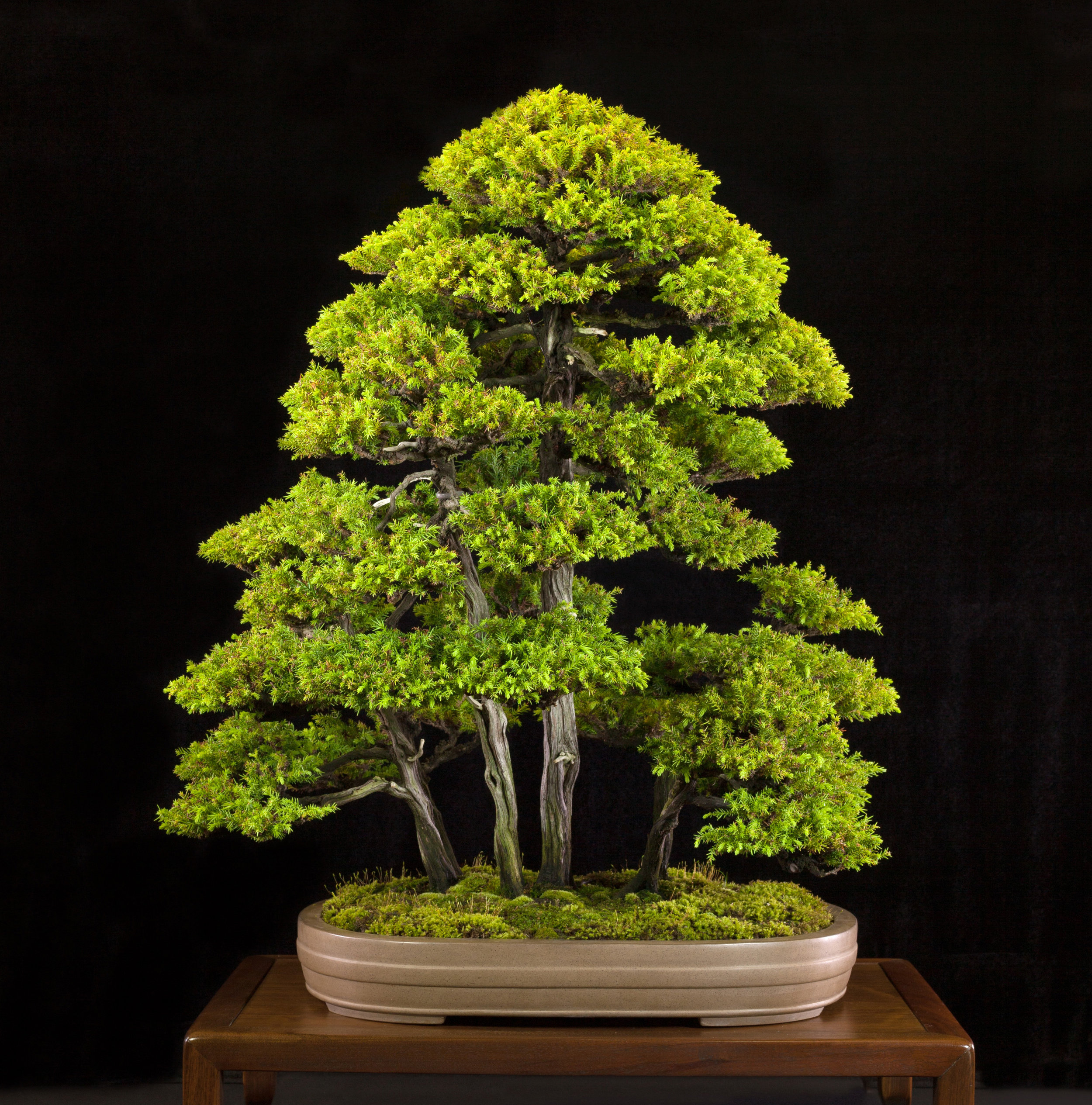
Japanese Collection — National Bonsai Foundation
Varieties of Cryptomeria Bonsai: Cryptomeria japonica offers several cultivars, each with its unique characteristics, making it a versatile choice for bonsai enthusiasts. Some popular varieties include: 1. Elegans: This variety is known for its delicate, feathery foliage that has a blue-green hue. It is a slow-growing tree with a compact form.
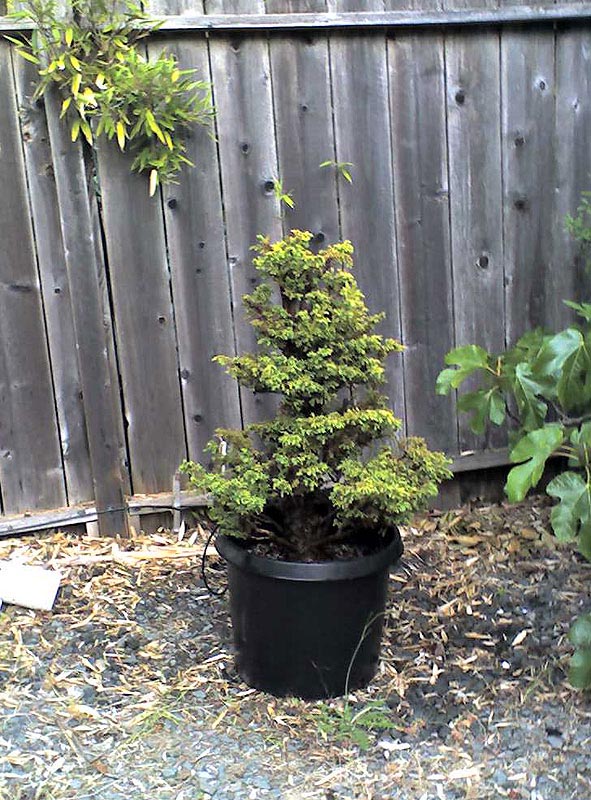
Cryptomeria Japonica Bonsai (Japanese Red Cedar) Marin Homestead
The Cryptomeria Japonica bonsai is not a house plant Your bonsai must be maintained in a cool or cold environment during the winter season. Around Thanksgiving time when the weather starts to get cooler, it is time to prepare your Bonsai for its winter dormancy period. This period should last about three months.

Semilla de bonsai Cedro Cryptomeria japonica GreenForest Tienda Forestal
However, it is also highly valued as a bonsai tree, which is a miniature version of the full-sized tree that is grown in a small pot. The history of Cryptomeria Japonica bonsai dates back to the Edo period in Japan (1603-1868), when bonsai became popular among the aristocracy as a cultivated art form. It was during this time that Cryptomeria.
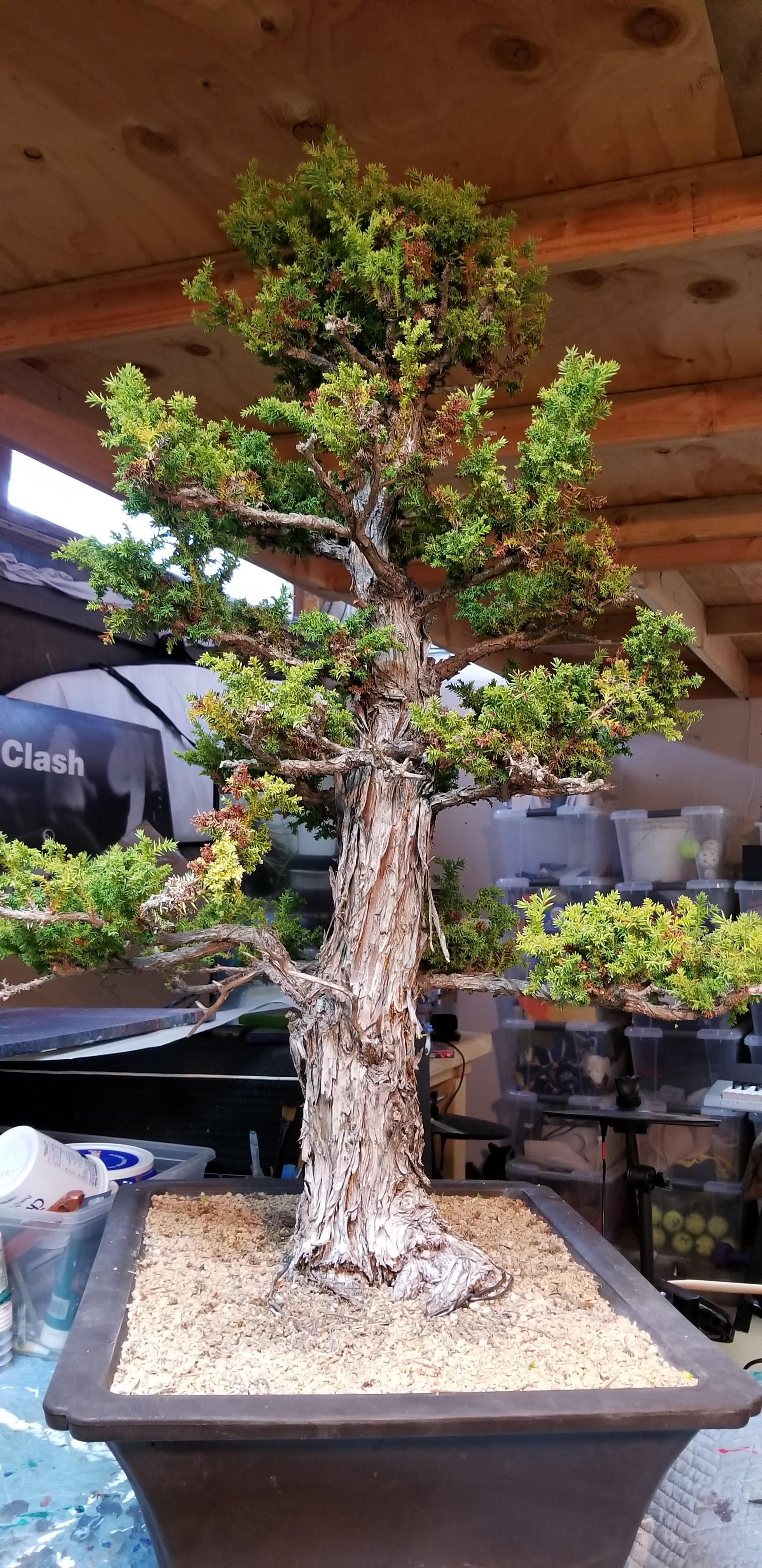
Cryptomeria Japonica Bonsai (Japanese Red Cedar) Marin Homestead
Welcome to Green Zen Bonsai! In this article, we will explore the captivating world of cryptomeria bonsai.Discover the enchanting beauty and unique characteristics of these remarkable trees, as we delve into techniques, care tips, and the art of nurturing these exquisite specimens.Join us on this journey of tranquility and harmony with nature.
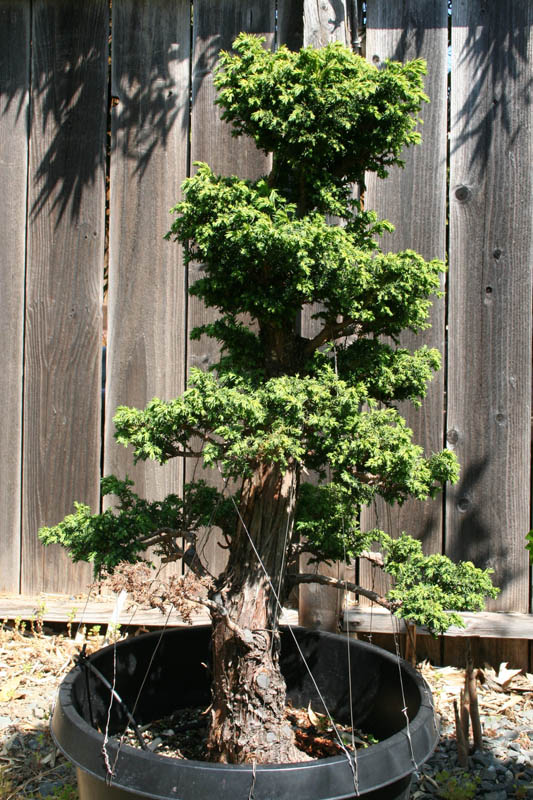
Cryptomeria Japonica Bonsai (Japanese Red Cedar) Marin Homestead
This Cryptomeria is roughly 0-30 Years years old from the Japan and is potted into a Antique Japanese ceramic. The tree's form in this iteration is a Harmonious. cryptomeria no. 1 | Bonsai Mirai
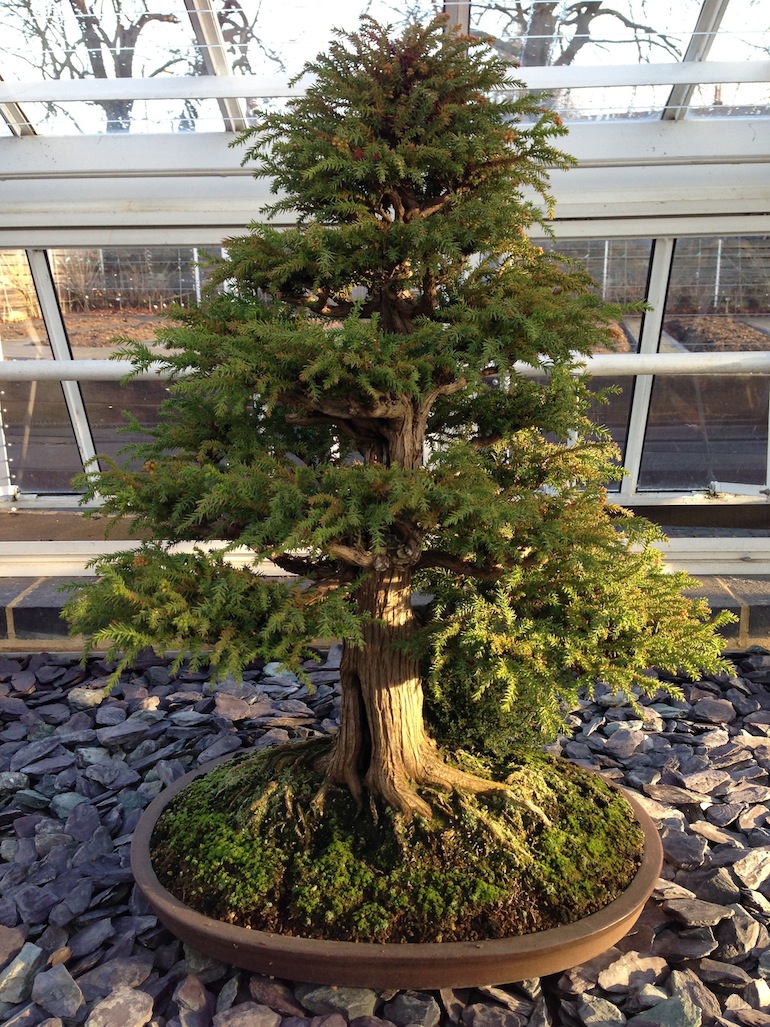
Cryptomeria japonica as bonsai
Cryptomeria japonica is the only species of the Cryptomeria genus and native to cool and moist regions of Japan and China. In winter the foliage can change its colour to olive, brown or purple, especially when it is exposed to full sun while the temperatures drop. The Japanese cedar is not very frost-hardy, though.
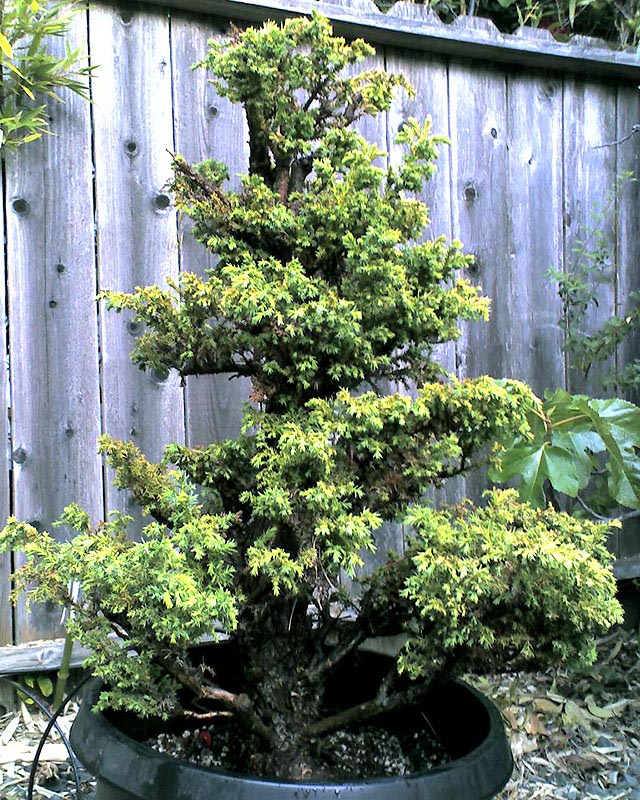
Cryptomeria Japonica Bonsai (Japanese Red Cedar) Marin Homestead
temperatures. A perfect bonsai for those who tend to overwater their plants, this cedar-like tree will thrive in conditions that other plants would rot from. Trees Features: The 'Tansu' dwarf form of Cryptomeria japonica has lovely light green tiny, wedge shaped spikes and reddish brown peeling bark. During cold winters, the needled foliage
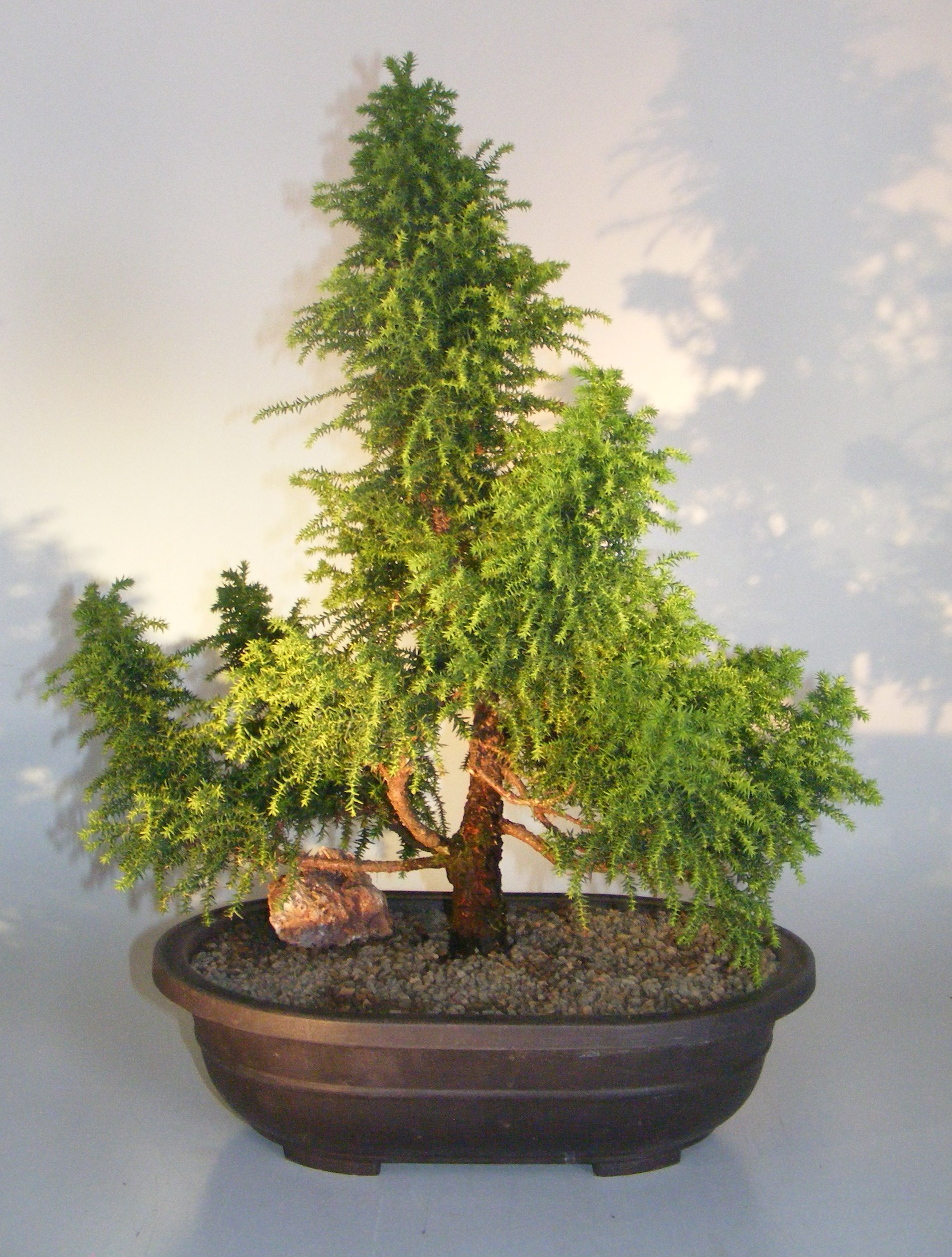
Cryptomeria Bonsai Tree(japonica tansu)
Japanese Cedar Bonsai, also known as Cryptomeria japonica, is a beautiful choice for bonsai cultivation. Light requirements for Japanese Cedar Bonsai include indirect sunlight during summer and protection from frosts in winter. Repot Japanese Cedar Bonsai every two years using a standard bonsai mix, being careful not to damage the delicate roots.